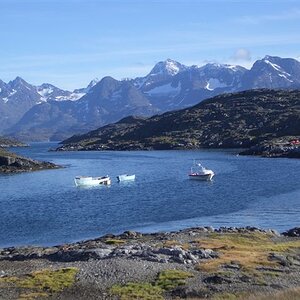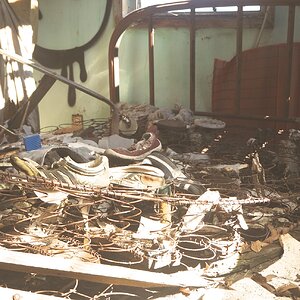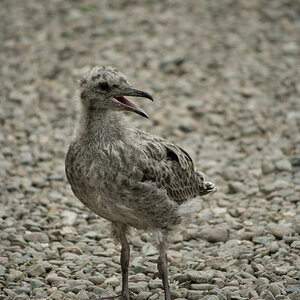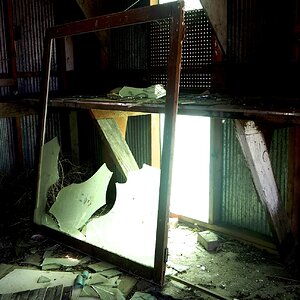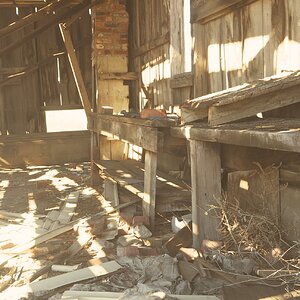Hello guys,
I've been reading articles about night club photography for some time now. But I still want to know what this nice community has to say about it! My equipment is a 7D, 24-70 II, 580 II flash (the flash and the lens is going to be borrowed). So right to the questions - What picture style, shutter speed, ISO, aperture, white balance and flash settings should I try using? Also, the ceiling there is quite high. Where should I point my flash? Should I always try to bounce the light of walls or ceiling? Or should I keep my flash in ±45 degree angle and bounce the light of the white thingy in the flash (how is it called again?) right to the object?
Thank you guys so much for the spent time!:hail:
I've been reading articles about night club photography for some time now. But I still want to know what this nice community has to say about it! My equipment is a 7D, 24-70 II, 580 II flash (the flash and the lens is going to be borrowed). So right to the questions - What picture style, shutter speed, ISO, aperture, white balance and flash settings should I try using? Also, the ceiling there is quite high. Where should I point my flash? Should I always try to bounce the light of walls or ceiling? Or should I keep my flash in ±45 degree angle and bounce the light of the white thingy in the flash (how is it called again?) right to the object?
Thank you guys so much for the spent time!:hail:
Last edited:






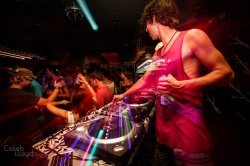
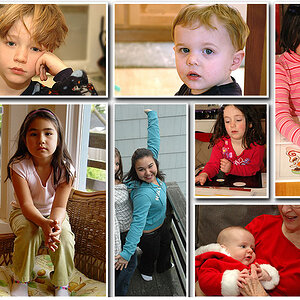
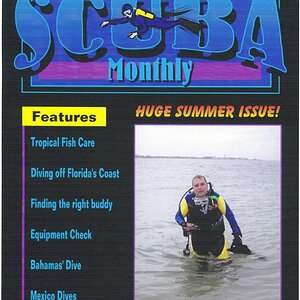
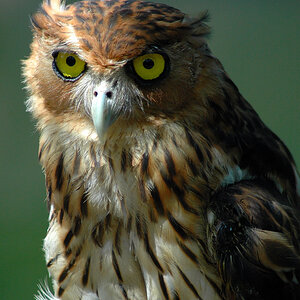
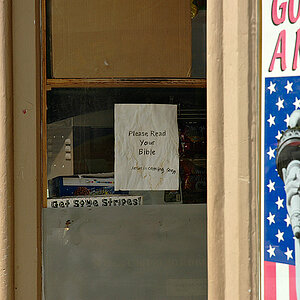
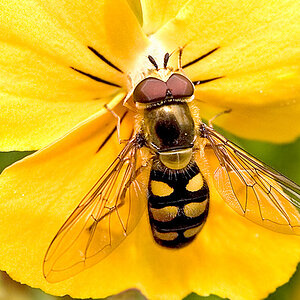
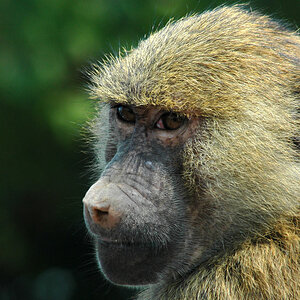
![[No title]](/data/xfmg/thumbnail/35/35212-039632ef3763350189fc49390cb7eadf.jpg?1619736950)
